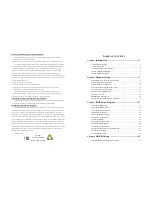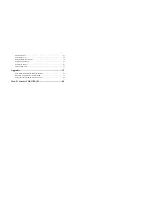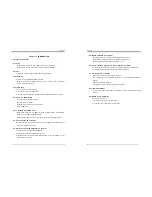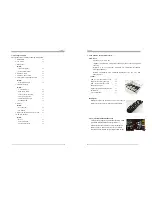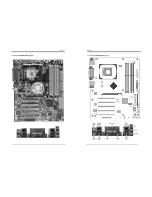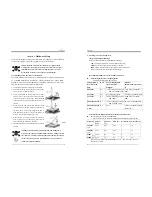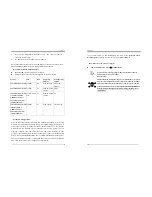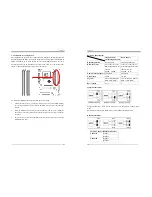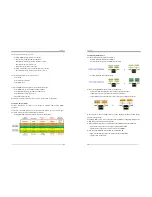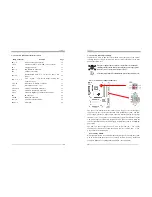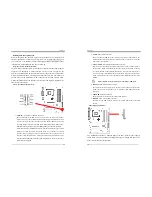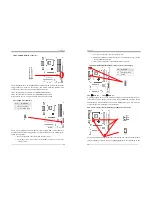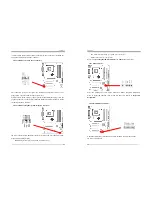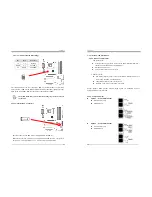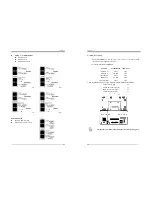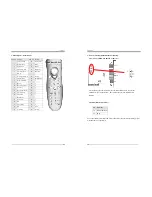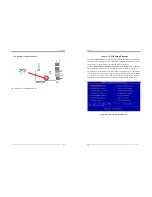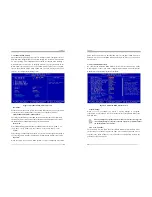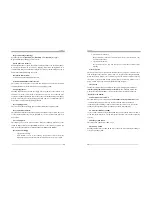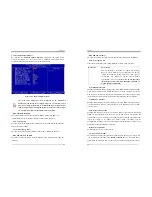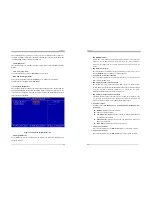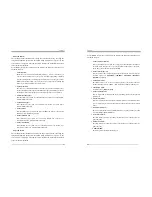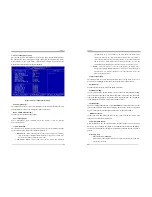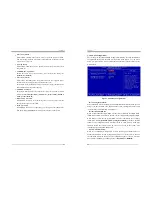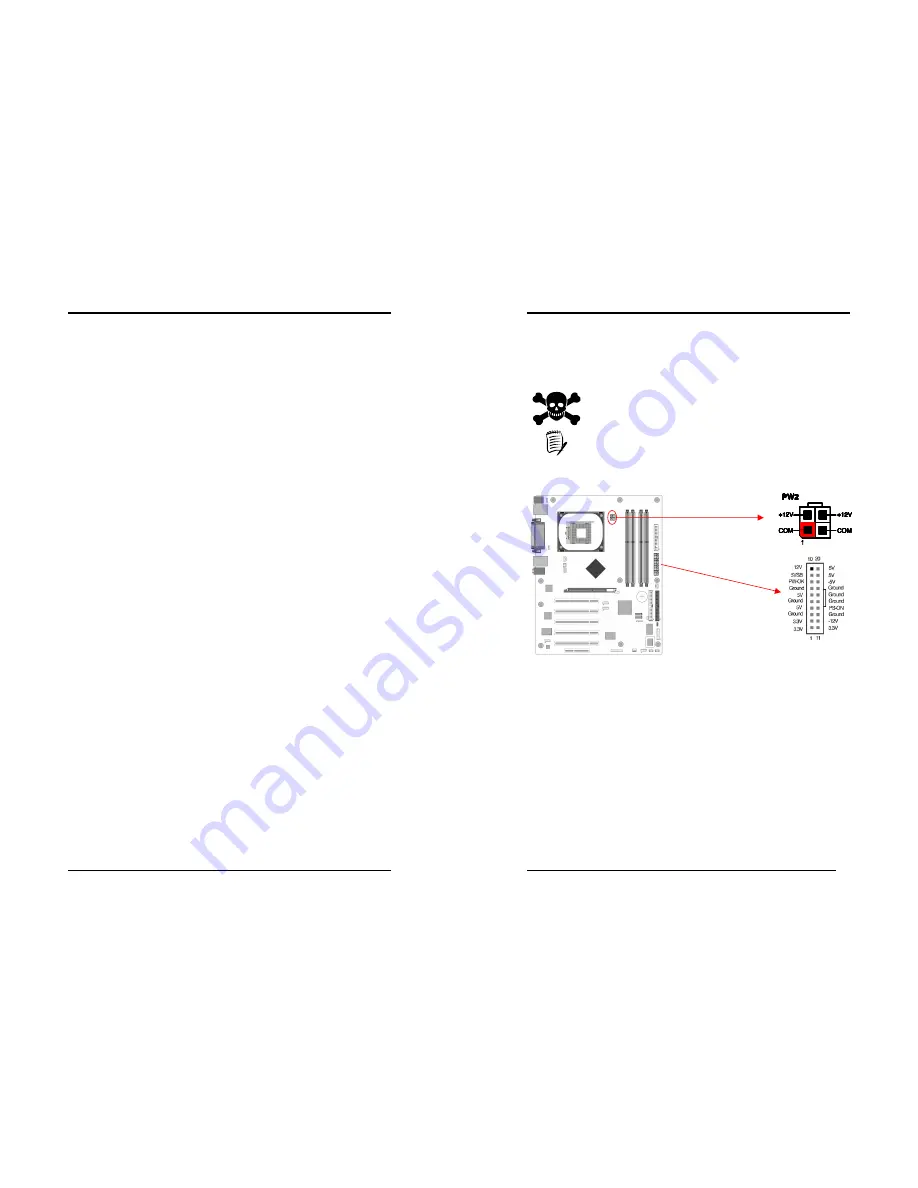
Chapter 2
15
2-4 Connector and Jumper Reference Chart
Jump Connector
Function Page
PW1 / 2
ATX Power Supply Connector
16
CN1A
Front Panel (Power / Rest / SPK…etc.) Connector
17
FD1 Floppy
Connector
18
IDE1 / 2
IDE Hard-Disk Connector
19
JP1
CMOS Clear Jumper
19
JP6 / 6A
Disable/Enable USB 0/1, 2/3 Device Power ON
Jumper
20
FAN 1 / 2 / 3 / 4
CPU / System / Case/ North Bridge Cooling Fan
Connector (12V)
20
CN5 / 5A
Wake on LAN / Modem Connector
21
CN17
Blue LED Connector (5V)
22
CN23 / 23A
CBOX™3 Front USB Connector
22
CN24
CBOX™3 Front Audio Connector
23
CN25
CBOX™3 DigiDoc System Display Connector
23
IR1 IR
Connector
24
CN26B IEEE1394
Connector
24
JP3 / 3A
CPU Front Side Bus setting
25
SATA1 / 2
Serial ATA
25
Chapter 2
16
2-5 Connector and Jumper Settings
Connectors are used to link the system board with other parts of the system,
including the power supply, the keyboard, and the various controllers on the front
panel of the system case.
The power supply connector is the last connection to be made while
installing a motherboard. Before connecting the power supply, please
make sure it is not connected to the power source.
All cables that provided by CHAINTECH come with a security-proof.
PW 1 / 2 (ATX Power Supply Connector):
The power cord leading from the system's power supply to the external power
source must be the very last part connected when assembling a system. The ATX
power supply provides a single 20-pin connector interface, which incorporates
st/-5V, +/-12V, optional 3.3V and Soft-power signals. The Soft power signal,
a 5V trickle supply is continuously supplied when AC power is available. When the
system is in Soft-Off mode, this trickle supply maintains the system in its minimum
power state.
The ATX 12V power supply has a new +12V (4-pin) and +5V / 3.3V (6-pin)
auxiliary power connector to enable the delivery of more +12 VDC and + 5/ 3.3V
VDC current to the motherboard.
Power-On By Modem:
While in Soft-Off state, if an external modem ring-up signal is detected, the system
will be activated and therefore can be remotely accessed. You may enable this
function in BIOS's Power Management Setup menu. (See section
3. 5
)


